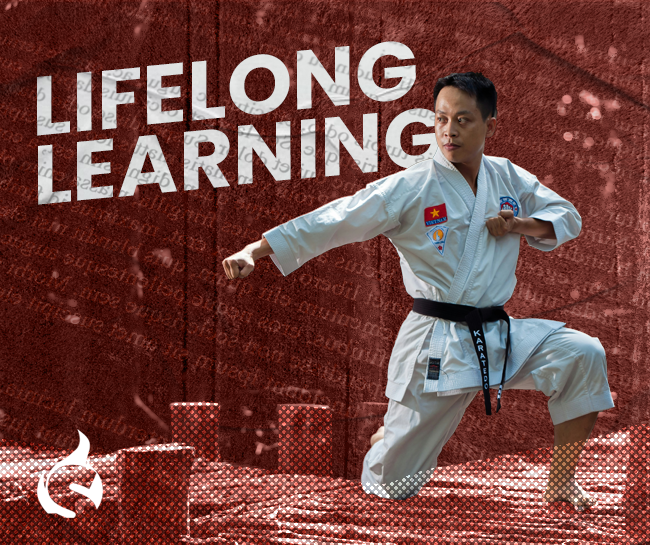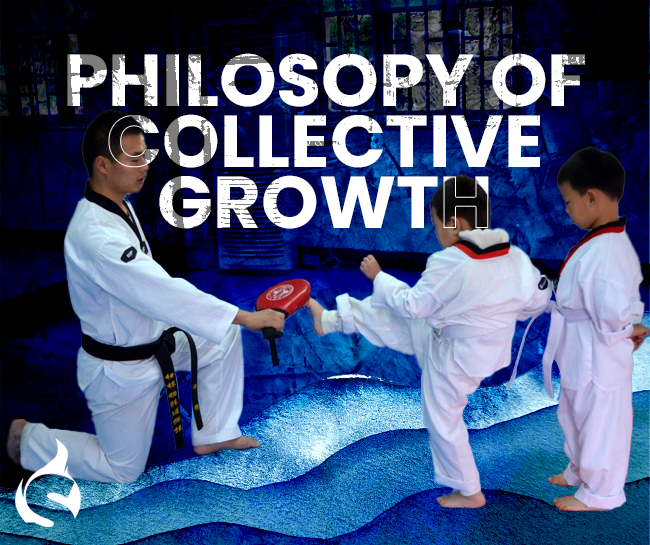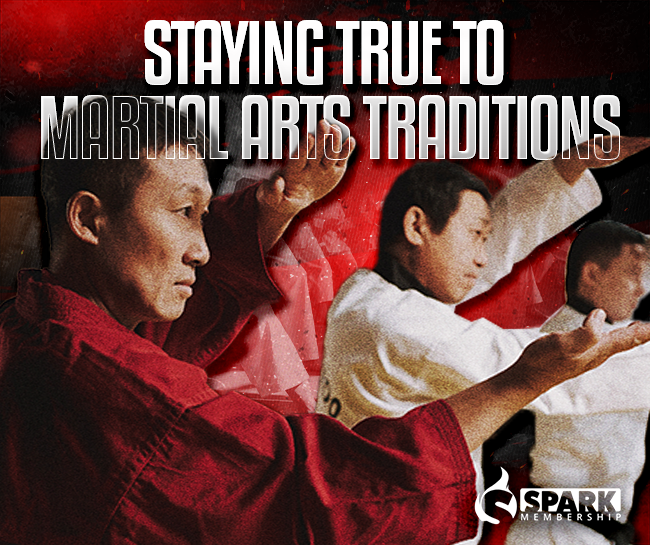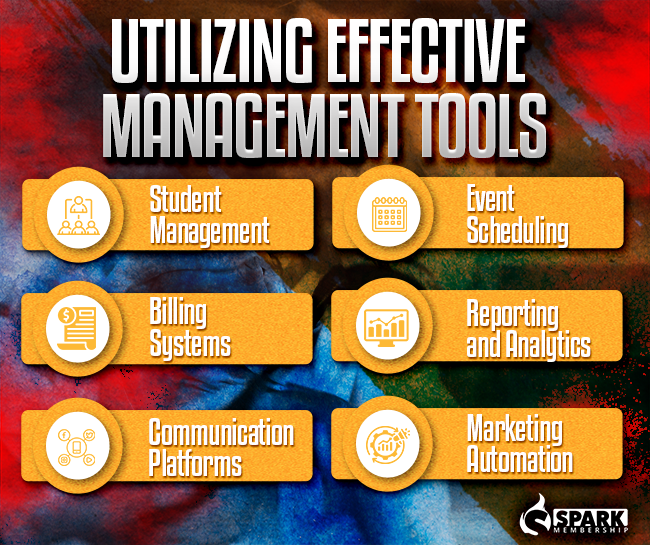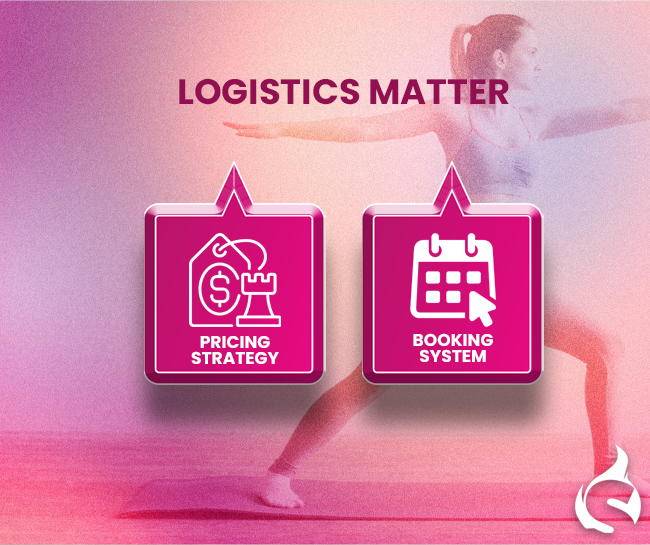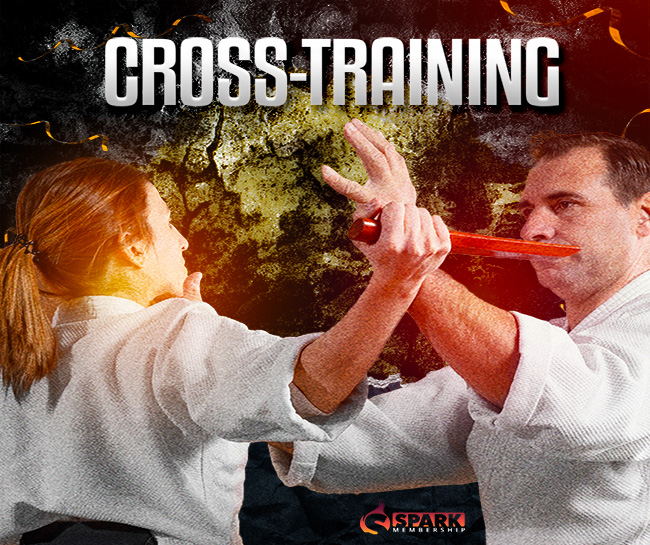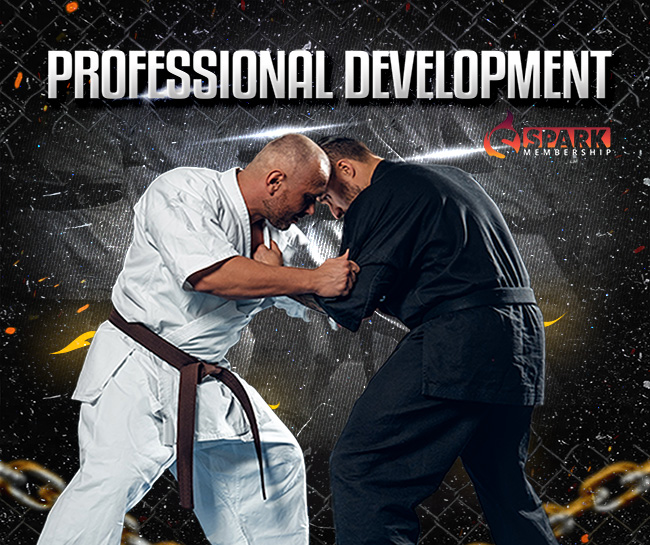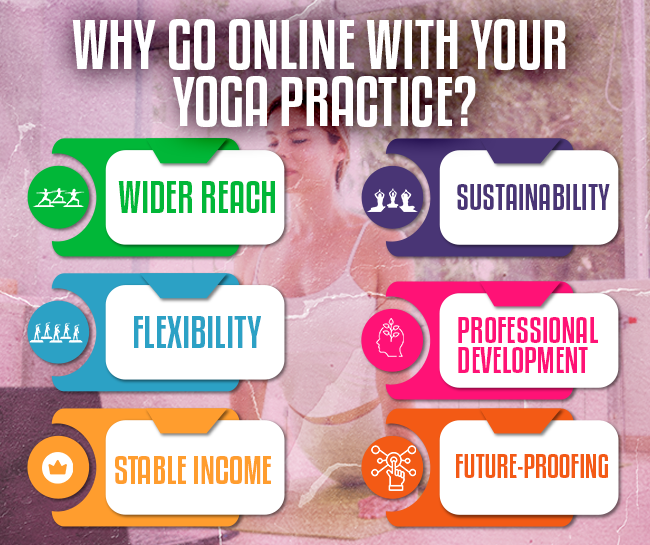
True success in the martial arts business doesn’t happen overnight. It’s the culmination of persistent efforts, strategic thinking, and the readiness to embrace challenges. This guide uncovers the key strategies and sacrifices that successful martial arts business owners make to elevate their ventures. Let’s explore the essentials for your journey to the top.
- Crafting a Winning Business Blueprint

The cornerstone of a thriving martial arts business is a well-thought-out strategic plan. Successful business owners in this field don’t just aim in the dark; they design a clear roadmap tailored to their unique goals and market dynamics. This includes:
- Identifying cost-effective investment opportunities.
- Offering a diverse range of services catering to different age groups and skill levels.
- Setting clear, measurable goals for short-term wins and long-term success.
💡 Crafting a winning business blueprint is essential for martial arts business owners to stay organized, achieve their goals, and thrive in a competitive industry.
- The Art of Tracking and Nurturing Growth

Growth in the martial arts business isn’t just about numbers; it’s about understanding and improving the journey of your students and your business. Key areas to monitor include:
- New registrations and student retention rates.
- Feedback from students and instructors for continual improvement.
- Regular assessments of financial health and operational efficiency.
💡 It allows you to identify areas of strength and weakness in your business, make data-driven decisions, and stay on track to achieve their goals.
- Leveraging Technology for Streamlined Operations

In today’s digital era, embracing technology is not just a luxury but a necessity. Smart martial arts business owners are using technology to:
- Automate administrative tasks, freeing up time for strategic endeavors.
- Enhance accuracy in record-keeping and financial management.
- Foster a collaborative environment for students and instructors through innovative tools.
💡 Technology helps martial arts businesses operate more efficiently and profitably by automating tasks, improving communication, and providing data-driven insights.
- Dynamic Marketing: Reaching Your Audience Effectively

Your marketing strategy is your voice in the crowded digital world. To make your martial arts business stand out, consider:
- Establishing a strong, authentic online presence.
- Utilizing social media and digital marketing to engage with your community.
- Regularly updating your offerings and ensuring top-notch customer service.
The journey to a successful martial arts business is a blend of strategic planning, continuous growth tracking, technological integration, and dynamic marketing. It’s about creating a unique narrative for your business that resonates with your passion and connects with your audience.
Remember, in the martial arts business, the journey never stops. It’s an ongoing process of learning, adapting, and evolving. Embrace these strategies, and watch your martial arts venture soar to new heights of success.
Streamline the management of your martial arts school memberships, supercharge your sales, and cultivate member loyalty by using Spark Membership Software, our comprehensive platform.



